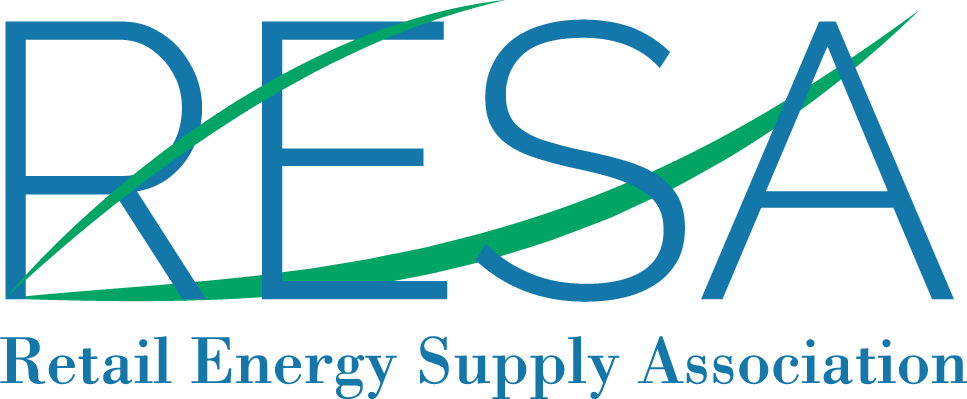By Rich Spilky
Ivan Penn, a reporter at The New York Times, wrote an article entitled, “Why Are Energy Prices So High? Some Experts Blame Deregulation.” [1] In this article, the author is critical of what he refers to as ‘deregulated’ power markets. He states that “Average retail electricity costs in the 35 states that have partly or entirely broken apart the generation, transmission and retail distribution of energy into separate businesses have risen faster than rates in the 15 states that have not ‘deregulated.’”
The term ‘deregulated’ is commonly misused when referring to states and jurisdictions that allow retail power competition. Simply stated, the word ‘deregulated’ does not accurately describe a marketplace where customers have a choice to select their own power supplier.
Support for this argument is well stated by University of Colorado Denver Professor Lynn Kiesling, who wrote a follow-up response to Penn’s article entitled, “The New York Times on Electricity Pricing – Electric systems are complicated. They aren’t deregulated.” [2] Professor Kiesling explains, “In every state that restructured its electricity regulation, restructuring involved a move away from a fully vertically-integrated cost-based regulatory and utility model to a hybrid system. Calling the diverse set of policy and regulatory changes that took place [in the restructured states] as‘deregulation’ is neither accurate nor useful.”
The Retail Energy Supply Association (RESA) fully agrees with Professor Kiesling’s position and her use of the term ‘restructured’ when describing a market that allows choice. Today, there are only 14 states/jurisdictions that have established retail power competition in the U.S., and each one has its own set of rules and regulations that competitive energy suppliers must follow when communicating with and serving customers in those markets. Far from operating without regulations, retail suppliers have a stringent set of parameters that each state commission mandates that they must work within and follow to do business within the state. These rules can range from enrollment procedures of customers to how suppliers must communicate with and invoice a customer, as well as many state-specific reporting requirements and supplier training requirements.
Each individual state in which a retail energy supplier operates is highly regulated. In fact, these 14 competitive power supply markets have established business practices and guidelines that protect consumers while providing a variety of products to choose from that meet their individual needs.
Meanwhile, there are several other explanatory terms that would be more accurate to describe a retail power marketplace that fosters competition and allows customers to choose their retail supplier; Among these are:
● A retail power market that “Enables Competition”. This mean that there is competition between many retail suppliers to win the business of the retail customer;
● A “Restructured” retail power market. This means that the generation assets have been moved out from the rate base of the utility and into a competitive business environment; and
● A retail power market that “Allows Choice of Supplier.” This means that customers have a choice of which retail supplier provides their supply and other services.
RESA also believes Penn might have improperly conflated wholesale competition and retail competition, which may have caused his calculations and conclusions about the value that competitive power supply markets have demonstrated to be erroneous. Words and their meanings are important. Consequently, when Penn includes states such as California or other vertically integrated states in his “deregulated” grouping, the numbers and conclusions he presents become distorted. In fact, contrary to Penn’s conclusions, the difference in weighted-average prices between the 14 restructured states/jurisdictions and the remaining vertically integrated states has narrowed considerably from 3.1₵ per kWh in 2008, to 0.42₵ per kWh, according to recent EIA data. This represents an increase of 21.1% in cost for all customers since 2008 for the vertically integrated states, while the customers in the 14 competitive states/jurisdictions have observed a decrease of 7.4% in costs over this same time frame. [3] Clearly the competitive power supply markets are doing something right!
[1] https://www.nytimes.com/2023/01/04/business/energy-environment/electricity-deregulation-energy-markets.html#after-top, published 04JAN2023
[2] https://knowledgeproblem.substack.com/p/the-new-york-times-on-electricity, published 10JAN2023
[3] https://www.resausa.org/wp-content/uploads/2022/04/RESAs-Myths-Vs.-Facts-2.0-Jan-26-2022_0.pdf, RESA White Paper Myth/Fact #6
